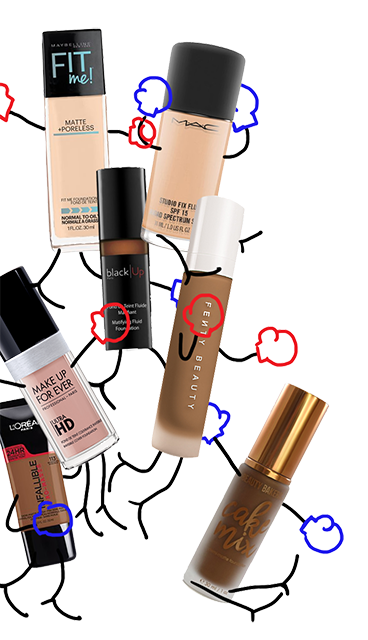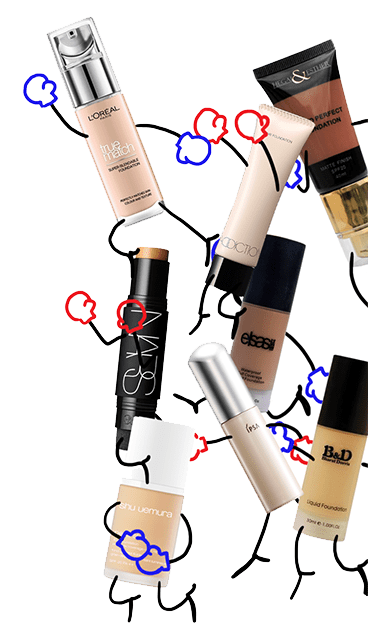Part 1 Let’s start in the US
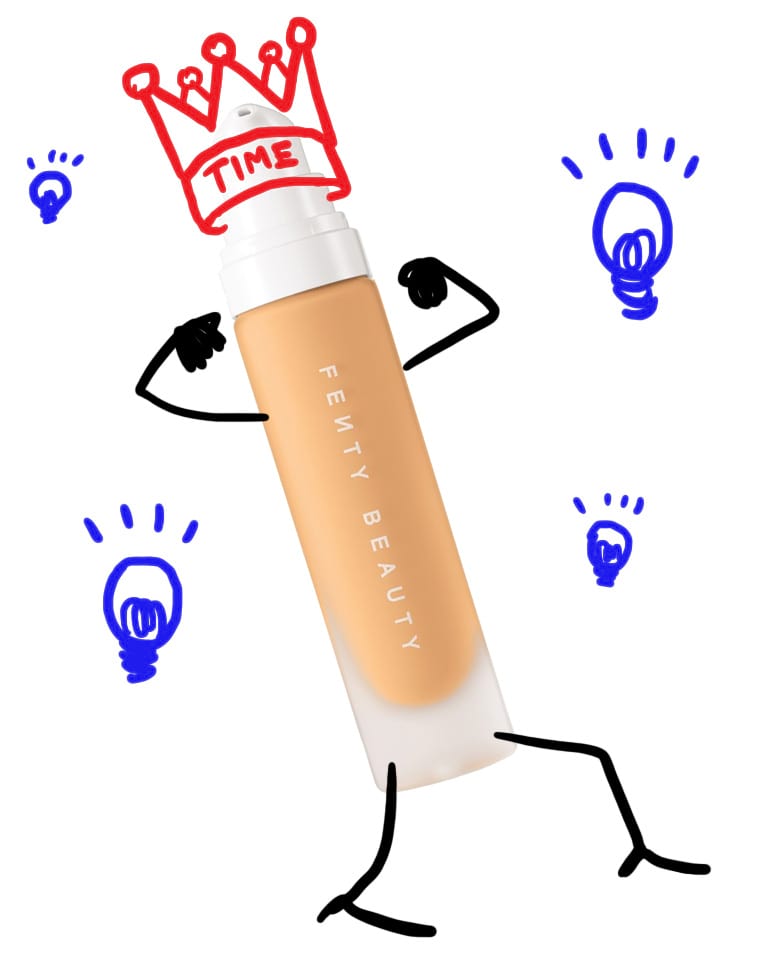 Rihanna made headlines last fall when she launched Fenty Beauty, an intentionally inclusive makeup line created “so that women everywhere would be included.” Fenty’s liquid foundation product, Pro Filt’r, was so groundbreaking that it made it onto Time’s 25 Best Inventions of 2017 list. Its claim to fame: the foundation launched with 40 shades “made for women of all skin colors & undertones."
Rihanna made headlines last fall when she launched Fenty Beauty, an intentionally inclusive makeup line created “so that women everywhere would be included.” Fenty’s liquid foundation product, Pro Filt’r, was so groundbreaking that it made it onto Time’s 25 Best Inventions of 2017 list. Its claim to fame: the foundation launched with 40 shades “made for women of all skin colors & undertones."
But as it turns out, a few other brands had 40 or more shades too, including Make Up For Ever, who was not about to let that fact go unnoticed. Shortly after Fenty’s launch, they challenged the newcomer in an Instagram post noting that 40 shades of foundation was “nothing new” since they’ve had 40 shades since 2015.
Rihanna was unimpressed. She quickly shot back with two comments: “lol. still ashy 🤷🏽♀️” and “shook.” In other words, Rihanna was implying that Make Up For Ever’s foundation lacked range and would still leave people of color looking “ashy” or slightly gray.
So how valid is her comeback? Actually, there’s a way to find out—with data.
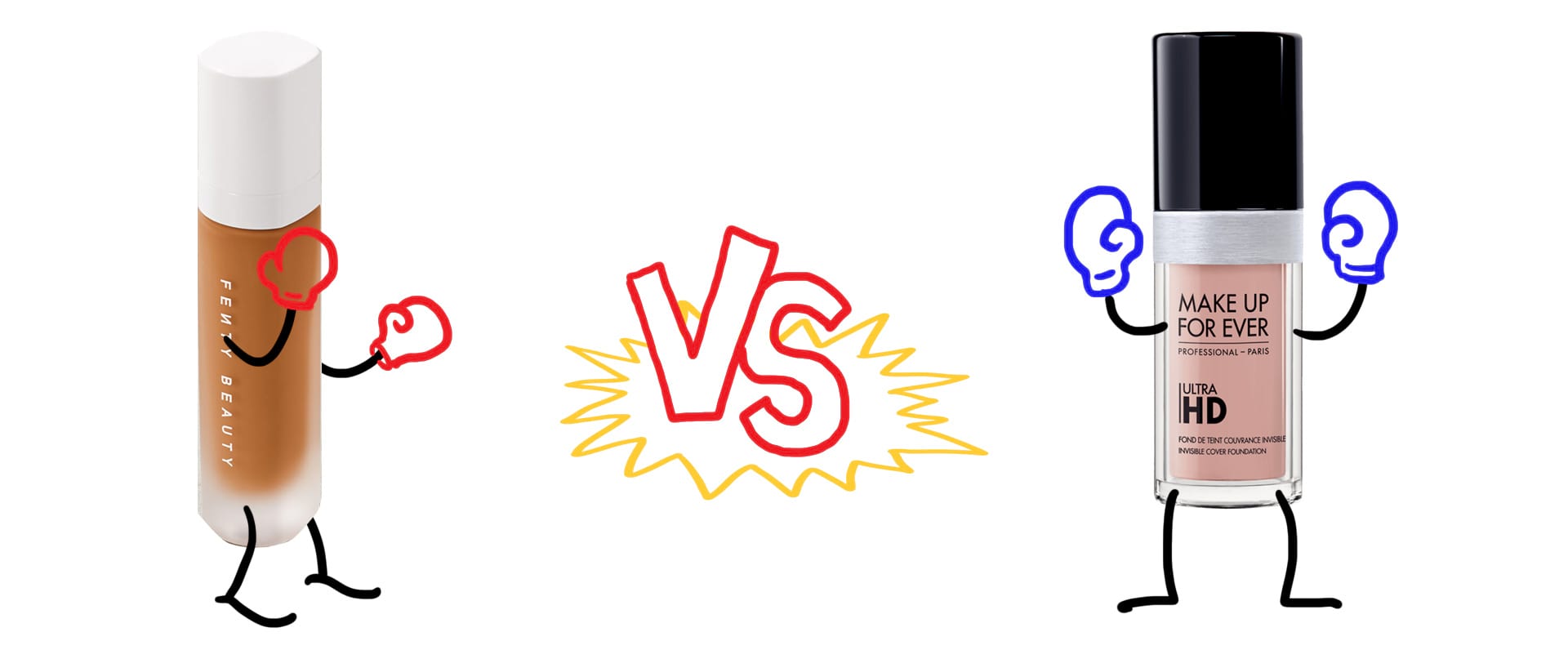
How we measure inclusivity in a line of foundations
- We recorded the hexadecimal color code used to represent every available shade for a product on each brand’s website.
- Using Photoshop, we extracted the lightness values (based on the CIE Lab color model) from each color.
- We plotted these lightness values to see whether a foundation line caters toward lighter or darker skin tones.
Important disclaimer
Our measurements are a rough proxy for inclusivity. How a liquid foundation changes when it’s applied, whether it’s effective across different undertones and skin types, and how it looks after a day of wear are factors we did not account for. So please keep in mind that these findings represent only one piece of a larger story.
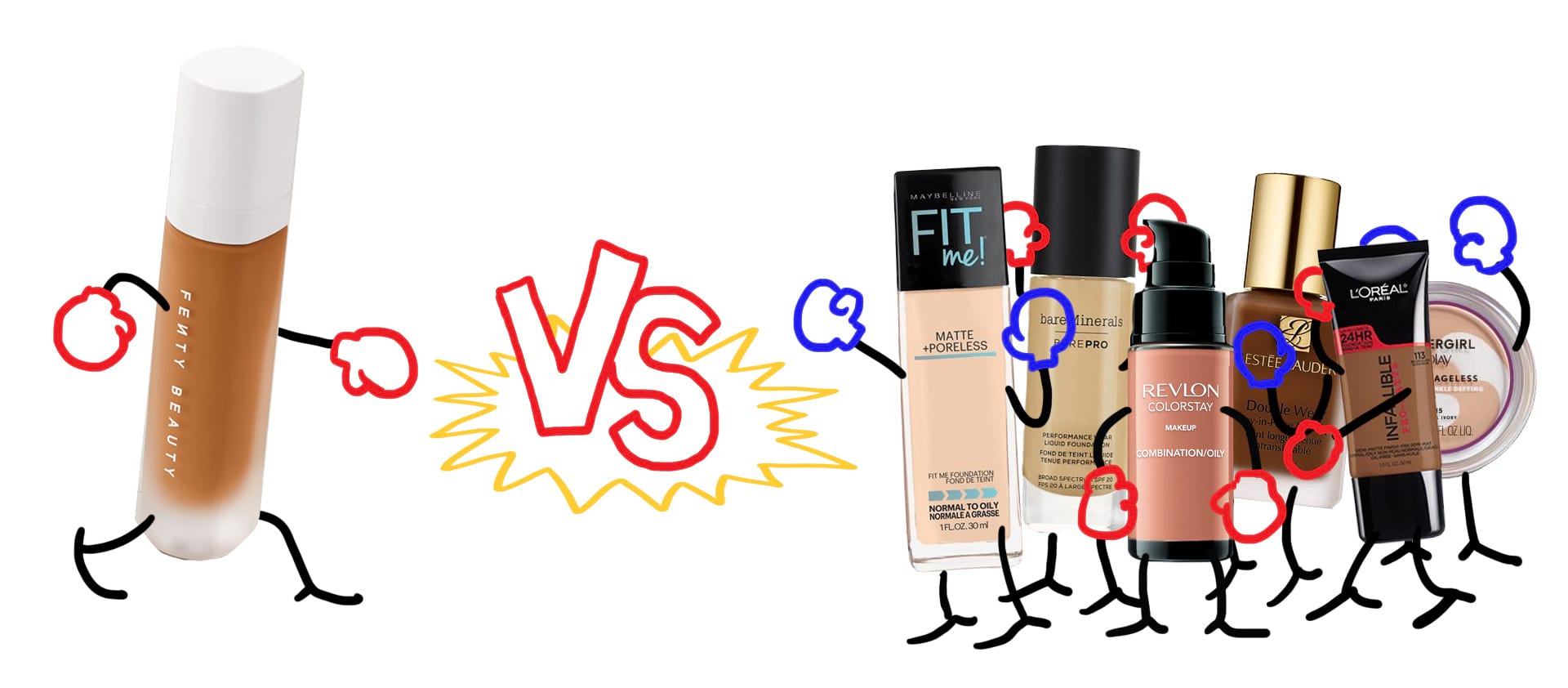
Let’s Look at Some Bestsellers
Beyond Make Up For Ever, does Fenty’s claim to fame still stand when compared to the bestselling foundations in the US? For this, we combed through a handful of bestseller lists to come up with a list of six products that appeared at least twice.

What About BIPOC-Friendly Brands?
BIPOC = Black, Indigenous, and people of color
Despite the fact that Fenty’s darkest foundations flew off the shelves, many of the mainstream brands are still missing the mark for so many people across the country. So we decided to take a look at brands that are marketed to and recommended for BIPOC. We surveyed twelve articles for brands (with foundation products) that were mentioned four or more times and came up with two lists:
white founders
- Lancôme
- MAC Cosmetics
- Bobbi Brown
BIPOC founders
- IMAN Cosmetics
- Black Opal
- Laws of Nature Cosmetics
- Beauty Bakerie
- Black Up
We then sampled their liquid foundation product line with the widest range of shades and used Fenty as a point of comparison.
Based on our data, we believe it’s safe to say:
- Fenty foundations have a wider range of shades than Make Up Forever.
- Many of the mainstream brands and Fenty have a wide assortment of shades for BIPOC.
- Very few brands support the darkest skin tone range (10 - 20 lightness). Fenty isn't one of them.
- If you have really light skin, Fenty or BIPOC-founded Beauty Bakerie have got you covered.
- Having 40 shades as a BIPOC-created brand really makes Fenty unique.
But does Fenty deserve to be dubbed one of Time’s 25 Best Inventions of 2017? 🤷🏽♀️ After all, that’s worldwide recognition. How does it stack up against makeup brands outside of the US?
 Rihanna made headlines last fall when she launched Fenty Beauty, an intentionally inclusive makeup line created “so that women everywhere would be included.” Fenty’s liquid foundation product, Pro Filt’r, was so groundbreaking that it made it onto Time’s 25 Best Inventions of 2017 list. Its claim to fame: the foundation launched with 40 shades “made for women of all skin colors & undertones."
Rihanna made headlines last fall when she launched Fenty Beauty, an intentionally inclusive makeup line created “so that women everywhere would be included.” Fenty’s liquid foundation product, Pro Filt’r, was so groundbreaking that it made it onto Time’s 25 Best Inventions of 2017 list. Its claim to fame: the foundation launched with 40 shades “made for women of all skin colors & undertones."
